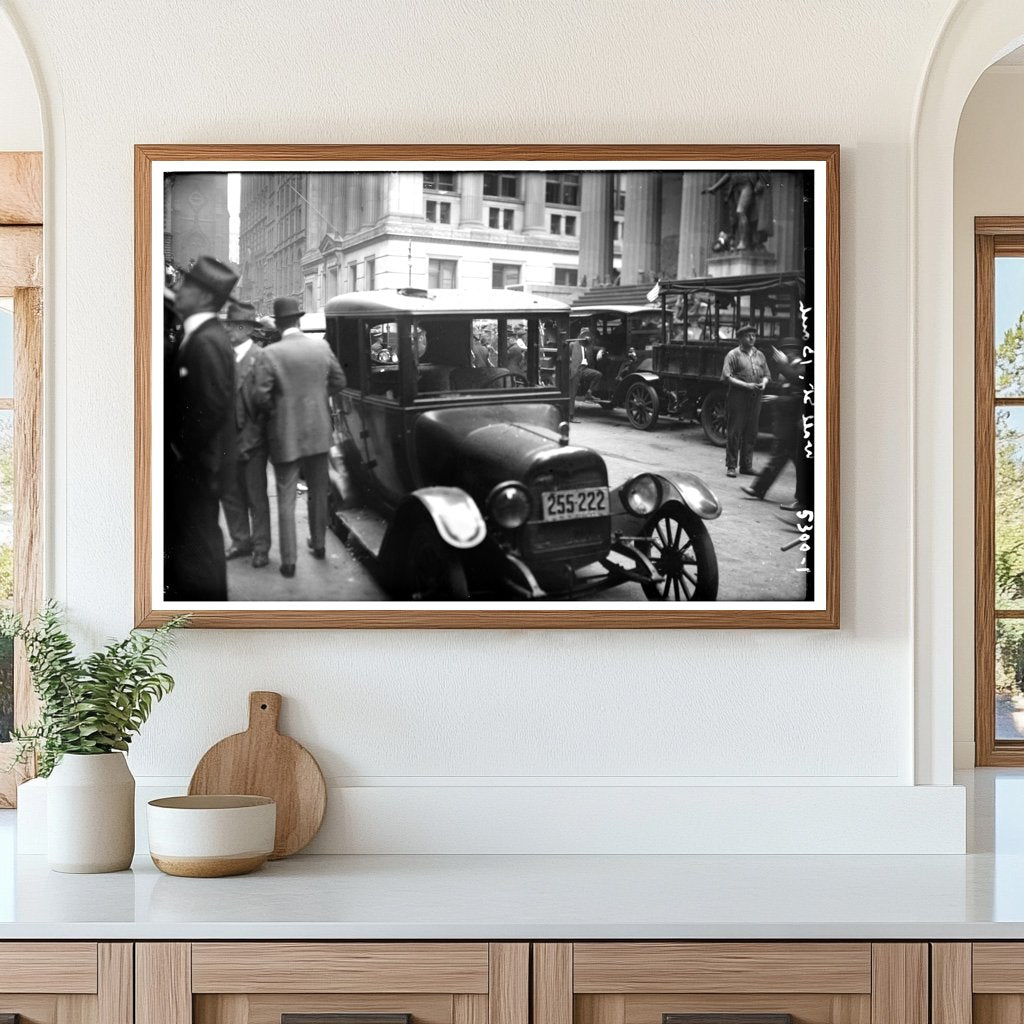


Aftermath of the 1920 Wall Street Bombing
This historical image captures the aftermath of the Wall Street bombing that occurred on September 16, 1920. A horse-drawn wagon filled with explosives detonated at noon in the heart of Manhattan, right outside the J.P. Morgan & Co. building. The explosion resulted in a devastating scene, with significant damage to nearby buildings and a tragic loss of life. Over 30 people were killed, and hundreds more were injured, making it one of the deadliest terrorist attacks in U.S. history up to that point.
Photographed by the Bain News Service, this glass negative serves as a stark reminder of the eras turmoil. The 1920s were a time of significant social and political upheaval in the United States, following the end of World War I. Anarchist movements and labor struggles intensified during this period, partly in response to economic difficulties. The Wall Street bombing was believed to be an act of political terrorism, reflecting the broader climate of fear and suspicion that characterized post-war America. Documents and photographs like this one help future generations understand the fragility of peace and security in times of change.

Aftermath of the 1920 Wall Street Bombing
